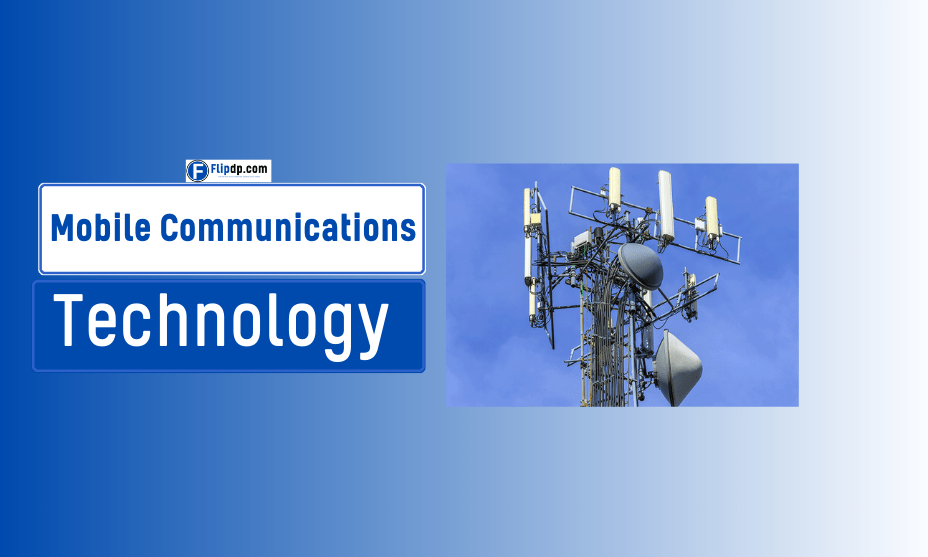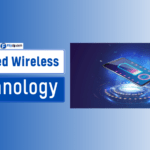Global System for Mobile Communications Technology, The advent of mobile communications has revolutionized the way we connect and interact with each other, transcending geographical barriers and enabling real-time communication across the globe.
At the heart of this transformation lies the Global System for Mobile Communications technology, a standard that has become synonymous with mobile telephony since its inception in the early 1990s. This article delves deep into GSM technology, exploring its architecture, features, advantages, and its impact on the mobile communication landscape.
Introduction
In an era where smartphones are an extension of our daily lives, understanding the underlying technology that powers these devices is crucial. Global System for Mobile Communications (GSM) technology is not just a protocol; it is the backbone of mobile communication, allowing billions of people to communicate seamlessly. As we unpack the complexities of GSM technology, we will also address common misconceptions, challenges, and future trends, providing a holistic view of its significance in the telecommunications sector.
What is Global System for Mobile Communications (GSM)?
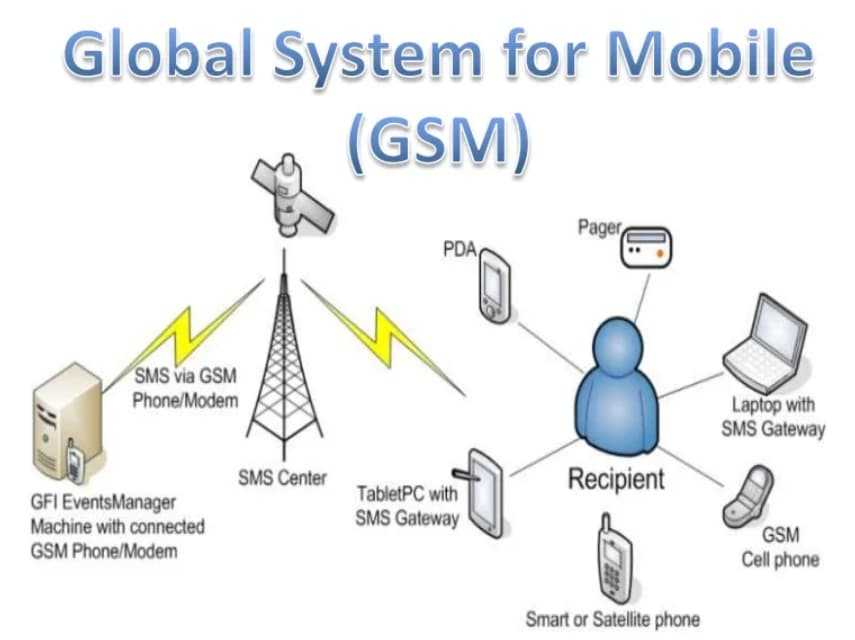
Global System for Mobile Communications (GSM) is a standard developed to ensure mobile communication across networks and countries. It primarily functions as a digital cellular network and is widely recognized for its efficient use of bandwidth and secure transmission of voice and data. Global System for Mobile Communications Technology GSM operates on various frequency bands, primarily 900 MHz and 1800 MHz, and has been adopted in over 200 countries worldwide, making it one of the most ubiquitous mobile communication technologies. For organizations looking to optimize their mobile communications and embrace the future of connectivity, Cloudspace Technologies offers innovative solutions tailored to enhance GSM technology and beyond.
Key Features of GSM Technology
- Digital Communication: Unlike its predecessors, GSM is entirely digital, which allows for improved voice clarity and higher capacity for simultaneous calls.
- SIM Card Utilization: The Subscriber Identity Module (SIM) card is a critical component of GSM technology, storing the user’s information, such as phone number, network details, and personal data, allowing for easy portability across devices.
- Time Division Multiple Access (TDMA): GSM uses TDMA to divide each frequency into time slots, enabling multiple users to share the same frequency channel without interference.
- Global Roaming: GSM facilitates international roaming, allowing users to access mobile services even when traveling abroad, provided their home network has agreements with local networks.
- Security Features: GSM incorporates various security measures, including encryption algorithms and user authentication, ensuring secure communication between devices.
The Architecture of GSM Technology
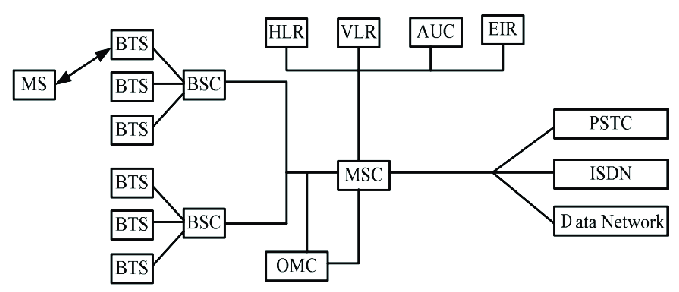
Understanding the architecture of GSM is essential for grasping how it functions. The GSM network is composed of several key components, each playing a vital role in the communication process.
1. Mobile Station (MS)
The Mobile Station comprises the mobile device (such as a smartphone) and the SIM card. It serves as the user interface and connects to the network through radio waves.
2. Base Station Subsystem (BSS)
The BSS is responsible for handling the radio communication between the mobile station and the network. It consists of two main components:
- Base Transceiver Station (BTS): This is the equipment that facilitates wireless communication with mobile devices. It manages the radio signals and establishes the link between the MS and the network.
- Base Station Controller (BSC): The BSC oversees multiple BTSs, managing their resources, call setup, and handovers.
3. Network and Switching Subsystem (NSS)
The NSS connects the mobile users to the public switched telephone network (PSTN) and manages the call routing and switching. It includes:
- Mobile Switching Center (MSC): This central component controls call setup, routing, and handovers between cells.
- Visitor Location Register (VLR): This temporary database stores information about users currently within the MSC’s jurisdiction, including their profiles and service subscriptions.
- Home Location Register (HLR): The HLR is a permanent database containing user details, including their subscriptions, current location, and other essential information.
4. Operation Support Subsystem (OSS)
The OSS is responsible for monitoring, managing, and optimizing the GSM network, ensuring that it operates efficiently and provides high-quality service.
How GSM Works
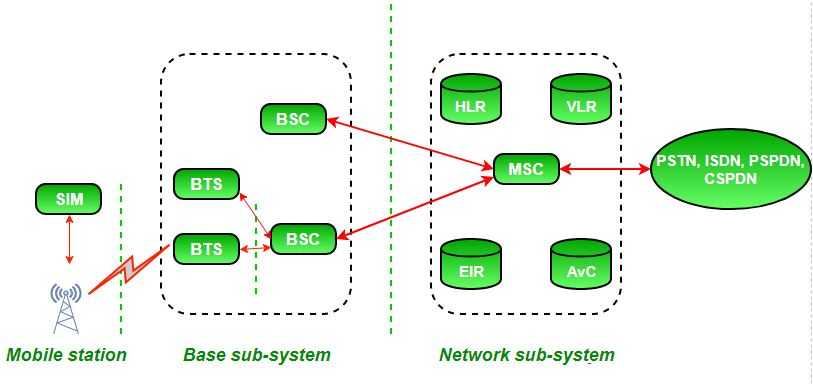
To illustrate the workings of GSM technology, let’s consider the process of making a call:
- Call Initiation: When a user dials a number, the Mobile Station sends a signal to the nearest BTS, which forwards the request to the BSC.
- Call Setup: The BSC communicates with the MSC, which checks the HLR for the recipient’s location and availability.
- Call Routing: Once the recipient’s status is verified, the MSC routes the call to the appropriate BSC, which then connects to the recipient’s BTS.
- Connection: The call is established, allowing voice data to be transmitted back and forth between the two Mobile Stations.
- Call Termination: When the call ends, the MSC updates the HLR to reflect the change in status and releases the resources allocated for the call.
Advantages of GSM Technology
GSM technology offers numerous benefits that have contributed to its widespread adoption:
- Widespread Coverage: With its global standardization, GSM networks are available in most countries, providing extensive coverage for users.
- High-Quality Voice Communication: The digital nature of GSM ensures superior voice clarity compared to analog systems.
- Enhanced Security: The built-in encryption and authentication features make GSM communication more secure.
- Support for Data Services: GSM supports various data services, including SMS (Short Message Service) and GPRS (General Packet Radio Service), allowing for the transmission of text and data.
- Easy Portability: The use of SIM cards enables users to switch devices without losing their information, enhancing convenience.
- Cost-Effectiveness: GSM networks are often more cost-effective to deploy and maintain, making them accessible to a broader range of users.
Challenges and Limitations of GSM Technology
Despite its advantages, GSM technology faces several challenges and limitations:
- Limited Data Speed: While GSM supports data services, its speeds are slower compared to newer technologies such as 3G and 4G LTE.
- Network Congestion: In densely populated areas, GSM networks can become congested, leading to dropped calls and degraded service quality.
- Interference Issues: GSM networks can be susceptible to interference from other electronic devices, affecting communication quality.
- Vulnerability to Security Breaches: While GSM incorporates security features, it is still vulnerable to certain types of attacks, such as eavesdropping and SIM cloning.
Future Trends in GSM Technology
As mobile communication continues to evolve, GSM technology is adapting to meet new demands and challenges. Here are some emerging trends:
- Transition to 4G and 5G: While GSM remains a crucial technology, many networks are transitioning to 4G LTE and 5G, which offer faster data speeds and enhanced capabilities.
- Integration with IoT: The rise of the Internet of Things (IoT) is pushing GSM technology to support a growing number of connected devices, necessitating advancements in scalability and connectivity.
- Enhanced Security Protocols: To address security concerns, future GSM implementations are likely to incorporate stronger encryption methods and more robust authentication processes.
- Network Function Virtualization (NFV): NFV is becoming increasingly important, allowing operators to virtualize network functions and reduce reliance on hardware, enhancing flexibility and scalability.
Conclusion
The Global System for Mobile Communications (GSM) technology has played a pivotal role in shaping modern mobile communication, offering reliable, secure, and efficient connectivity for billions of users worldwide. Its architecture, features, and numerous advantages have made it the foundation of mobile networks, even as we transition to newer technologies. While GSM faces challenges, its adaptability and resilience ensure its relevance in the ever-evolving telecommunications landscape.
As we look to the future, GSM technology will continue to evolve, integrating with emerging trends and addressing the demands of a connected world. Understanding GSM is essential not only for telecommunications professionals but also for everyday users seeking to appreciate the technology that facilitates their daily communications.
FAQs, Global System for Mobile Communications Technology
1. What is the Global System for Mobile Communications (GSM)?
GSM is a standard developed to describe protocols for second-generation (2G) digital cellular networks. It enables mobile communication, including voice calls and data transmission, across a wide range of devices and networks globally.
2. How does GSM technology work?
GSM technology works by converting voice into digital data and then transmitting it over radio frequencies. The communication process involves multiple components, including mobile stations (handsets), base transceiver stations (cell towers), and a network switching subsystem that connects calls to the public switched telephone network.
3. What are the key features of GSM technology?
Some key features of GSM technology include:
SIM Cards: Subscriber Identity Module (SIM) cards store user information and allow users to access the network.
Text Messaging (SMS): GSM supports short message service (SMS) for sending text messages.
Call Forwarding and Call Waiting: These features allow users to manage incoming calls effectively.
International Roaming: GSM provides seamless service across different countries.
4. What are the benefits of using GSM technology?
GSM technology offers several benefits, including:
Widespread Adoption: GSM is the most widely used mobile communication standard, ensuring compatibility across various devices and networks.
Enhanced Security: GSM provides encryption and security features to protect user data and communications.
Interoperability: GSM networks can interconnect with other technologies and services, enhancing user convenience.
Global Reach: Users can access services in numerous countries due to GSM’s international roaming agreements.
5. What is the difference between GSM and CDMA?
GSM and CDMA are two different cellular technologies. GSM uses a time-division multiple access (TDMA) method to allow multiple users on the same frequency channel, while CDMA uses spread-spectrum technology to spread the signal over a wider bandwidth. This results in different approaches to managing network traffic, capacity, and coverage.



